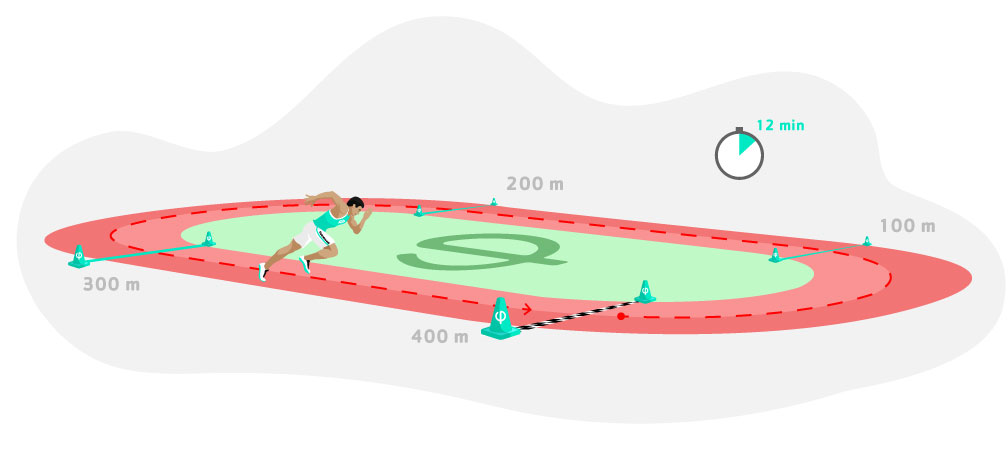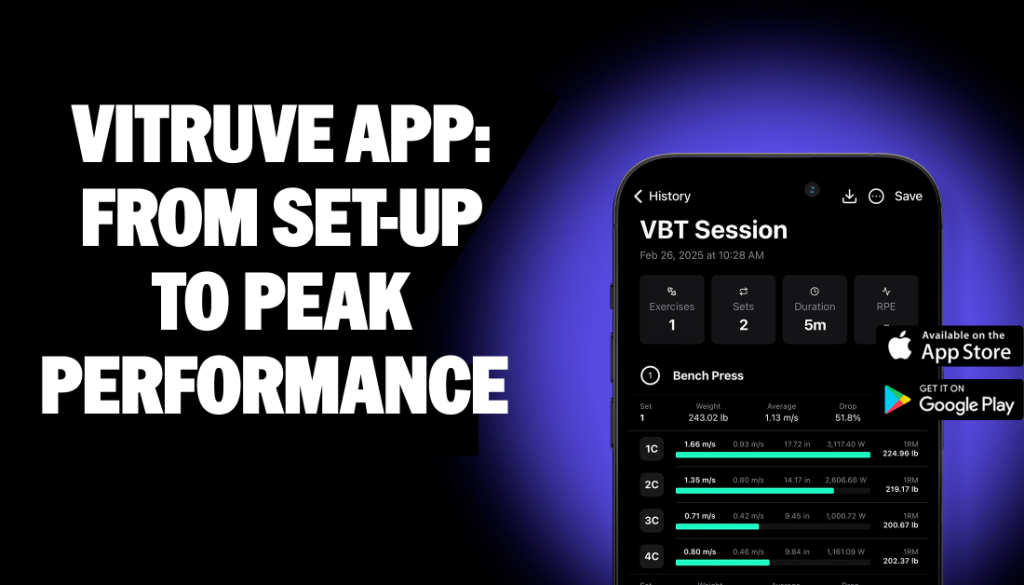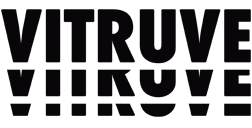22 de July de 2025
Standardised fitness tests: collecting data
In the world of athletic training—particularly in strength and conditioning (S&C)—data is essential. It guides programming, optimizes performance, reduces injury risk, and allows us to evaluate whether our training methodology is actually delivering results.
At Vitruve, we believe that standardised fitness tests are the ideal starting point for turning raw numbers into smart coaching decisions. Here’s how to use them effectively, so you can start applying them with your athletes or teams right away.
What are standardised fitness tests and why do they matter?
Standardised fitness tests are physical assessments based on fixed, replicable protocols. That means they’re always carried out in the same way—regardless of the location, coach, or athlete. This consistency allows for reliable comparisons across time, between athletes, and against national or normative standards.
These tests assess a wide range of physical attributes—maximum strength, cardiovascular endurance, flexibility, body composition, and more. Their purpose isn’t just to determine an athlete’s current level, but to create a clear baseline for planning training sessions.
Common methods to collect fitness data
Selecting the right assessment method depends on your performance goals. Here are some of the most commonly used tools in elite S&C:
1RM Test
The classic 1-rep max (1RM) test remains one of the most widely used methods to measure maximum strength. But it’s not just about lifting as much weight as possible—it requires structure and precision.

Standard Protocol
- Progressive warm-up: 5–10 reps at low load.
- Start with a weight the athlete can lift for 1 rep in fewer than 5 total attempts.
- Rest 2–4 minutes between each attempt.
- Increase by 5–10% after a successful lift, or reduce by 2.5–5% after a failed one.
- Record the heaviest successful lift with perfect technique.
This score can be compared to normative data by age and sex, or used to define loading zones in a Velocity Based Training (VBT) plan. Using the Vitruve encoder or a VBT device, you can also track execution speed, adding a layer of precision to your strength assessments.
Cooper Test
A true classic in aerobic fitness testing, the Cooper Test measures cardiorespiratory endurance over a continuous 12-minute run. It’s not about sprinting—it’s about maintaining a sustainable pace.

Protocol:
- Warm-up + dynamic stretching.
- Cones placed every 20 meters on a 200m or 400m track.
- Athlete runs for 12 minutes, covering as much distance as possible.
- Final score = total distance covered.
This can be converted into an estimated VO₂ max or compared to population averages. If athletes wear heart rate monitors, you can also assess training intensity relative to the aerobic threshold.
Beyond Strength: other valuable assessments
Fitness testing should cover more than just lifting or running. Here are other useful metrics to track:
Body Composition
Knowing someone’s bodyweight says little about their actual physical makeup. What percentage is muscle? Fat? Bone?
Common Methods:
- Bioelectrical Impedance Analysis (BIA): Quick and easy, though hydration levels can affect results.
- Skinfold Calipers: Accurate with experienced technicians.
- Girth Measurements: Excellent for tracking long-term changes.
Flexibility
Joint mobility plays a crucial role in injury prevention and movement quality. Some widely used tests include:
- Sit-and-Reach: Hamstring and lower back flexibility.
- Trunk Lift: Lumbar extension capacity.
- Zipper Test (Shoulders): Evaluates rotator cuff and lat mobility.
With Vitruve’s software, all of these results can be recorded alongside strength and velocity KPIs, giving you a true 360º athlete profile.

From testing to performance: what to do with the data
At Vitruve, we don’t just collect data—we make it usable. Our VBT encoder works seamlessly with our Strength and Conditioning software, Builder, giving coaches access to:
- Real-time dashboards
- Team-wide performance comparisons
- Weakness identification
- Custom programs based on objective metrics
You’ll be able to monitor each athlete’s strength evolution, bar speed, heart rate, and more—all from a single interface. Otherwise, you risk overlooking vital information that could be limiting your results.
Standardised fitness tests are the foundation of informed, data-driven coaching. With the right tools and methods, they become more than just numbers—they become the blueprint for smarter, safer, and more effective training.
At Vitruve, we help coaches turn data into performance.
